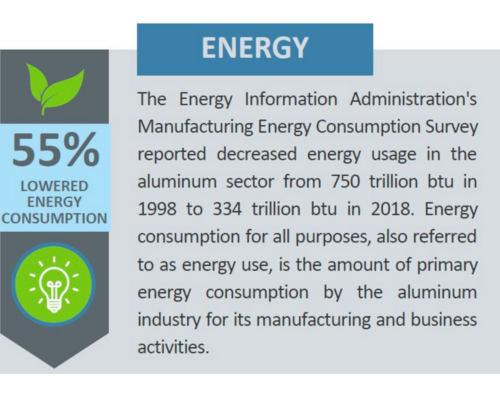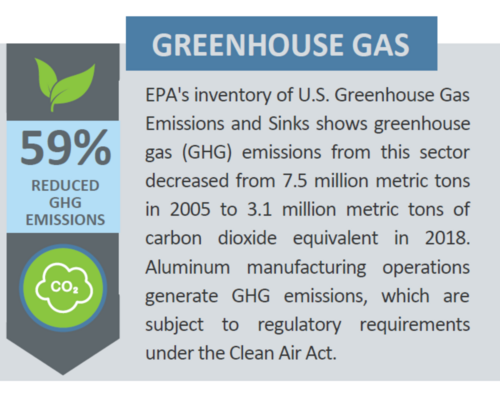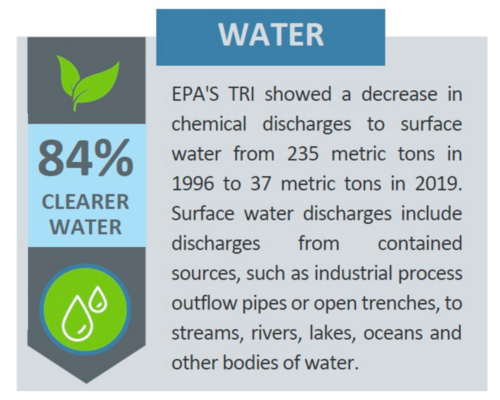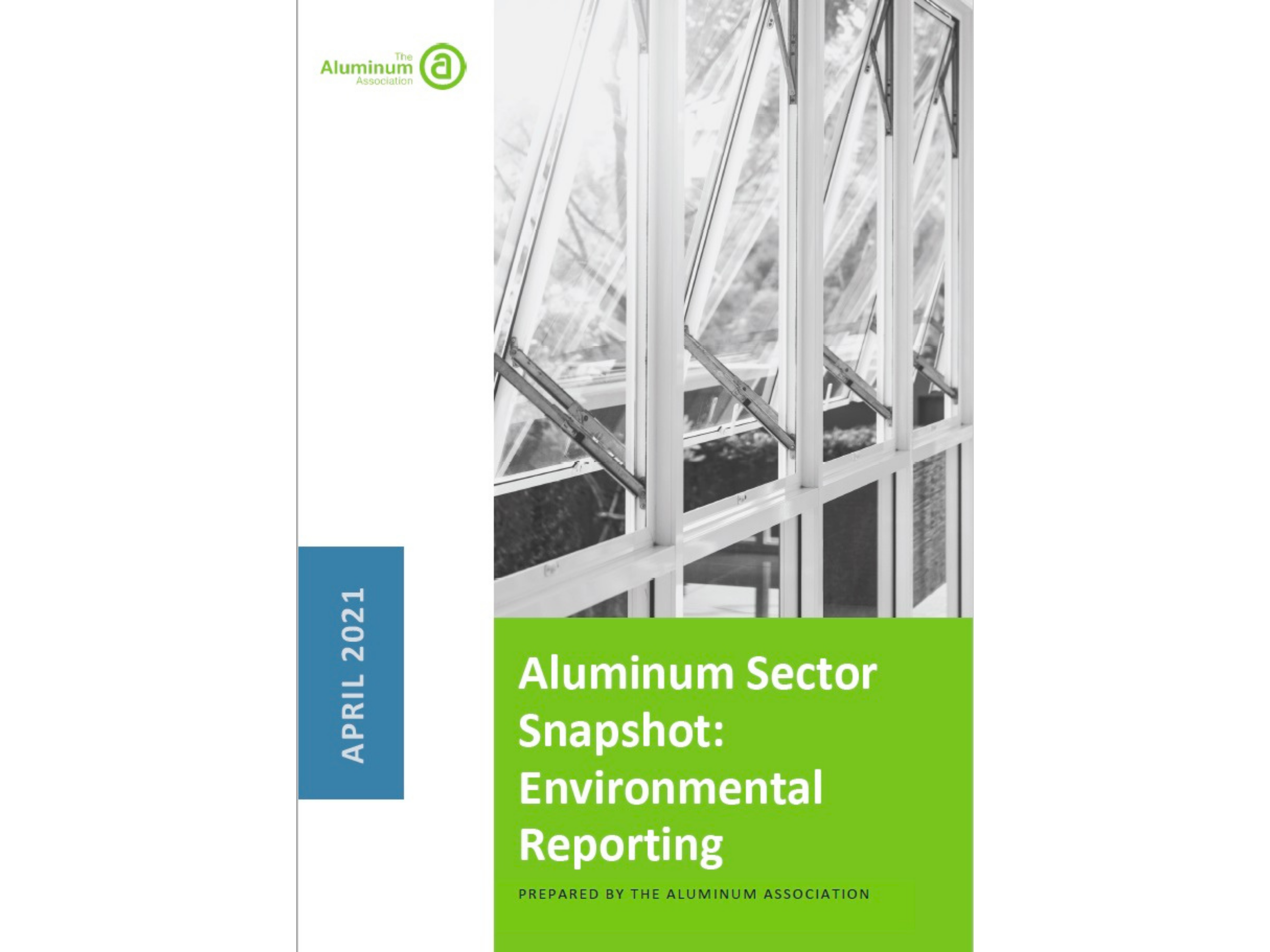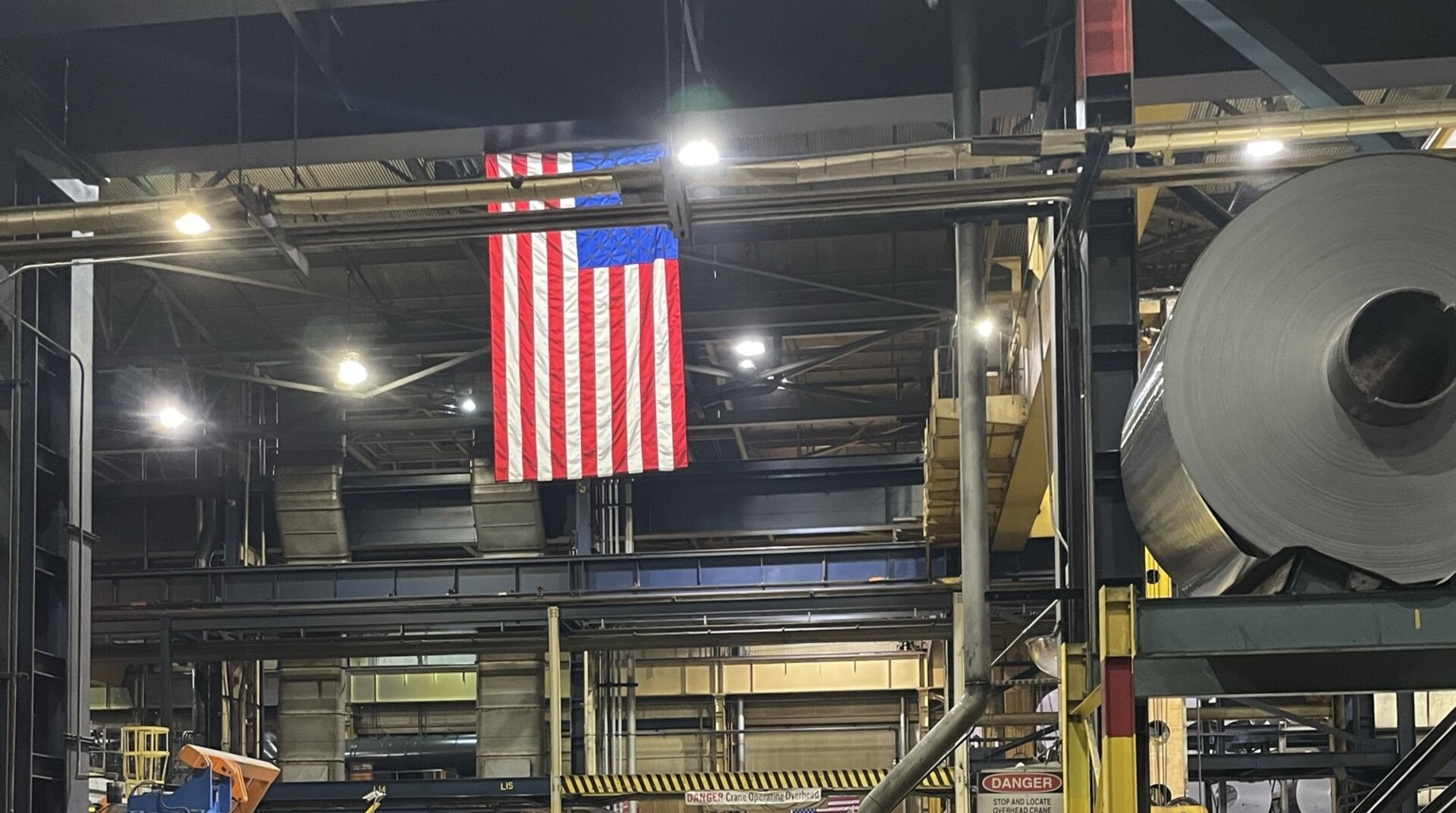
Sector Snapshot Shows Continued Environmental Gains for U.S. Aluminum Industry
The U.S. Aluminum Industry Sector Snapshot report shows positive environmental impact trendlines for the U.S. aluminum industry on virtually every measure over the past 25 years.
Increasing Demand, Decreasing Impact
The U.S. Aluminum Industry Sector Snapshot report shows positive environmental impact trendlines for the U.S. aluminum industry on virtually every measure over the past 25 years. The report, created by the Aluminum Association and relying on public reporting by the Environmental Protection Agency (EPA), focuses on seven key environmental issue areas – air, energy, greenhouse gas emissions, land management, water, waste and aluminum scrap usage. In nearly every area, the U.S. aluminum industry has reduced its impact significantly since the 1990s. Positive environmental trends are attributable to both performance improvements by the U.S. industry and the transition from an aluminum supply heavily reliant on primary metal to one that includes significantly more recycled material.
Notably, aluminum producers have accomplished this during a period when demand for the metal has grown by more than 25 percent domestically. Aluminum is incredibly sustainable in its use phase – making cars and trucks more energy efficient, buildings greener and packaging more recyclable. But the industry is also firmly committed to doing what it can on the production side to reduce its impact.
Major Progress on Environmental Performance

